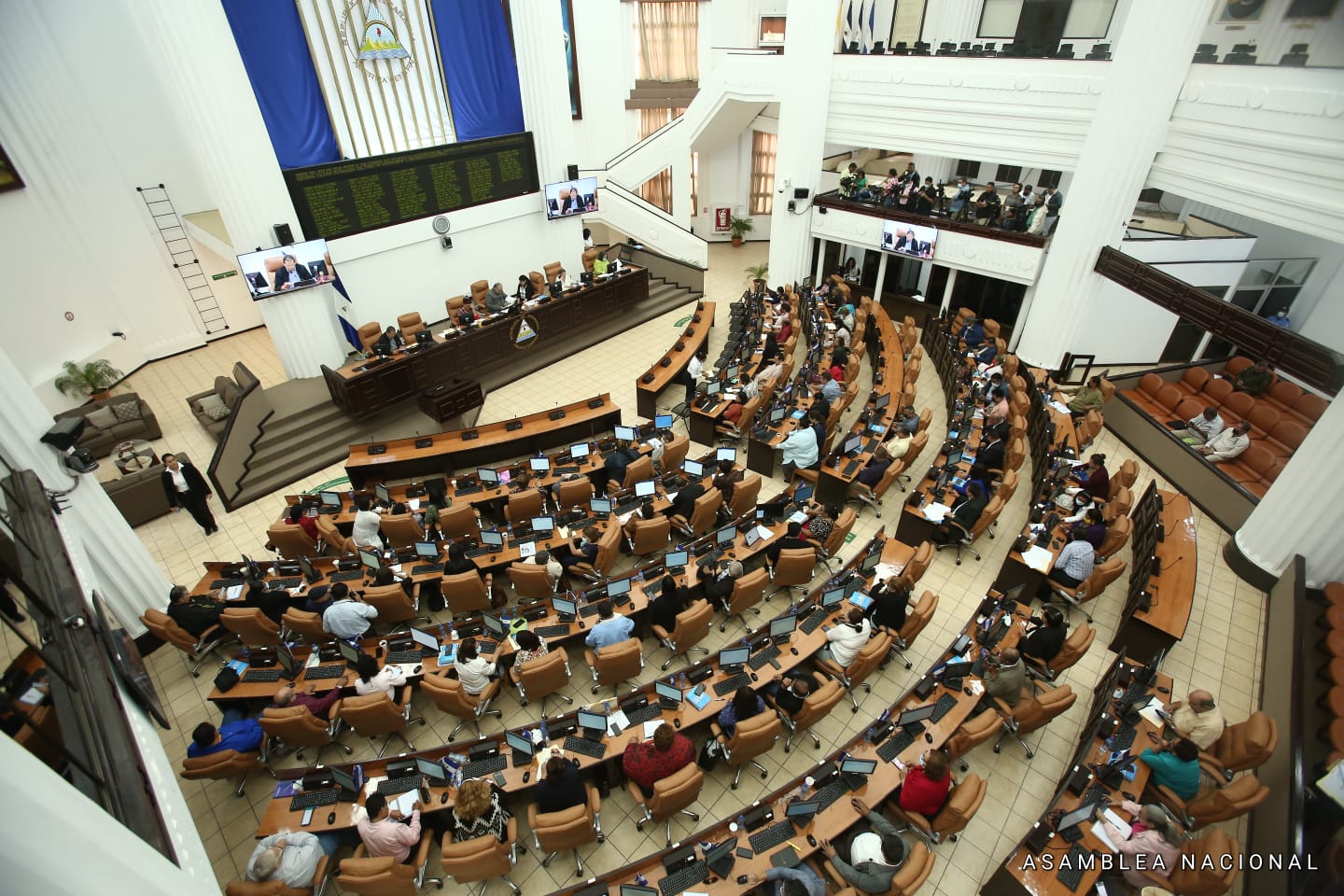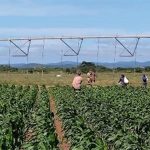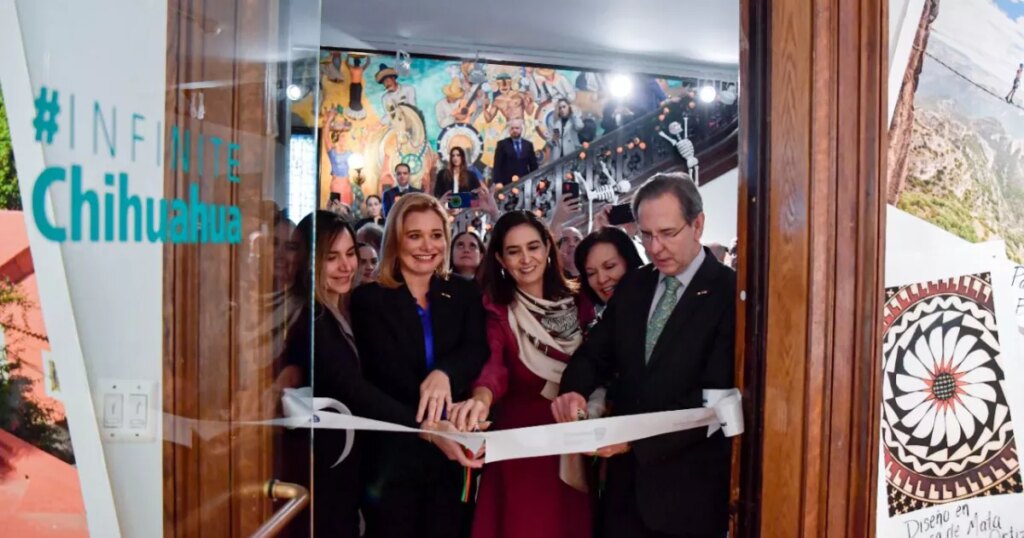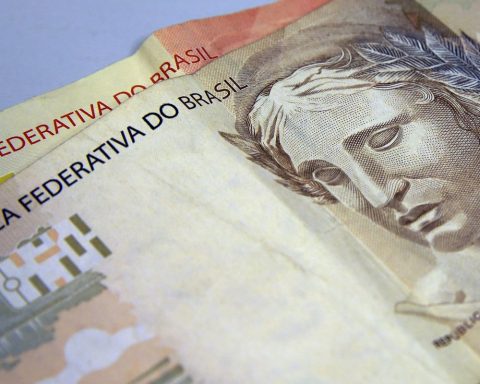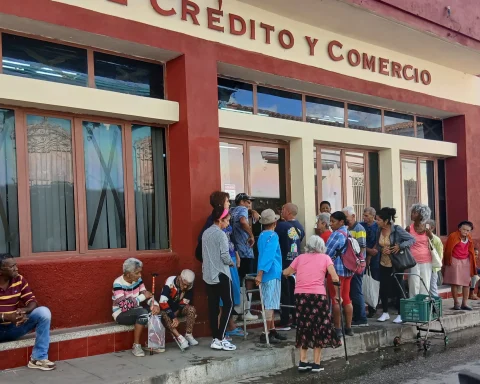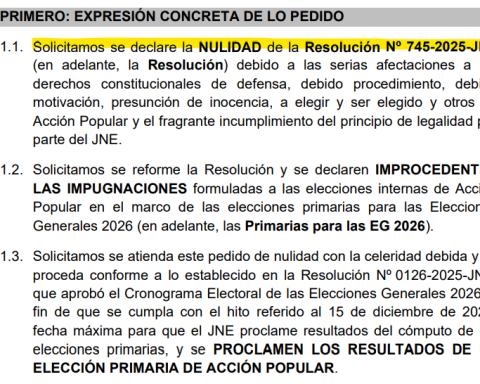The project of the General Budget of the Republic for the year 2023, which the National Assembly of Nicaragua will have to discuss and approve before the end of this legislature, includes a projection of income for 109 989.5 million córdobaswhich augurs new hardships for the private sector, which has been the victim of harassment for years, fines Y blackmailas part of a campaign collection voracity.
Data from the Ministry of Finance and Public Credit (MHCP), show that, in 2021, the State obtained revenues of more than 102,000 million córdobas, and that it is projected that by the end of 2022, revenues will exceed 103,000 million, although the More likely, both this year and the year to come, revenues of more than $120 billion a year will be realized.
“This government also underestimates forecast income, so that at the end of the period, the result is better than expected, and then say that the goal was exceeded. Every year they do something similar when they present the annual budget proposal,” he told CONFIDENTIAL an economist who chose anonymity for security reasons.
If that is true – and the data gives rise to believe that it will be so – that means that Ortega would have almost a quarter of a billion córdobas to spend between 2022 and 2023, a sum never seen before.
Although most (101 839.6 million) of the expected income comes from tax sourcethe 2023 budget project expects to receive 894.8 million córdobas (about 24.7 million dollars; 17.9 million dollars less than in 2022) in external donations, of which a quarter (C$224.8 million) come from the European Union ( EU).
These funds are intended for programs and projects for economic and social development, in particular health, electricity and education. Besides USD 6.22 million committed by the EUThere’s others USD 5.9 million from the Inter-American Development Bank (IDB); USD 5.1 million from the World Food Program (WFP); USD 1.7 million from Spain and Kuwaitrespectively, in addition to another million dollars from the World Bank.
Although they offered smaller amounts, the list is completed by the Food and Agriculture Organization of the United Nations (FAO); the United Nations Children’s Fund (UNICEF); the World Rehabilitation Fund, and the Pan American Health Organization (PAHO), among others.
The item of loans —which adds up to C$16 133.8 million— exceeds that of donations in a ratio of 18 to 1, which predicts that the strong external indebtedness that the Nicaraguan economy shows will continue, and that it has increased in recent years.
Expressed in dollars, the 2023 budget project contains an amount to be executed of 446.9 million dollars, higher by 114.1 million dollars (34.3%) than the budget approved and in execution this year. The amount refers to concessional loan disbursements for programs and projects.
Most of these resources will come mainly from the Central American Bank for Economic Integration (CABEI) with 307.7 million dollars; IDB, with 69.3 million; World Bank, with 35.7 million, and the Organization of Petroleum Exporting Countries (OPEC) with 106 million.
Other providers are the Exim Bank of India (7 million); from the Cooperation Fund for Economic Development (5.1 million); the International Fund for Agricultural Development (three million); and the German Credit Bank for Reconstruction and Development, KfW, with 4.7 million.
Most of these resources (201.7 million dollars, or 45.1% of total disbursements) are allocated to the transportation and communications sector, while another 122.5 million dollars (27.4%) would be for the health sector. Another part of the loans would go to agriculture, forestry, fishing and hunting; housing and community services; fuels and energy; social protection and environmental protection.
Increase game for Police and Army
Despite these very optimistic revenue growth projections, since, in the voting scheduled for this Sunday, November 6 the regime will finish reaffirming its control over most of the country’s mayors, the 2023 budget project still does not fulfill the constitutional mandate of allocating 10% of expenditures to the municipalities.
“In this context, the amount allocated [para las alcaldías] it is C$6,110.4 million, which is C$2,714.3 million (79.9%) higher than the approved budget for 2022”, details the document prepared by the Treasury.
The National Police, which is key to keeping the regime in power, subjugating the will of the citizens, received C$262.9 million more than in 2022 (an additional 6.5%), for a total of C$4,311.0 million, while the Nicaraguan Army saw its item grow by C$440.6 million (14.6% more than the approved budget for 2022), to add C$3455.8 million.
The Supreme Court of Justice was allocated C$4,210.5 million (4.0% of the general expenditure budget), an amount that exceeds the approved budget for 2022 by C$538.4 million (14.7%), while the Universities and Higher Technical Education Centers , the constitutional 6.0% was maintained, that is, C$6,315.8 million: C$807.7 million (14.7%), more than what was contemplated in the approved budget for 2022.
By omission, the fiscal text seems to indicate that only salary increases of 5.0% each were included for workers of the Ministry of Health (Minsa), at a cost of C$439.2 million, as well as another C$511.2 million, for the personnel of the Ministry of Education, which includes 58,764 teachers from all over the country.
